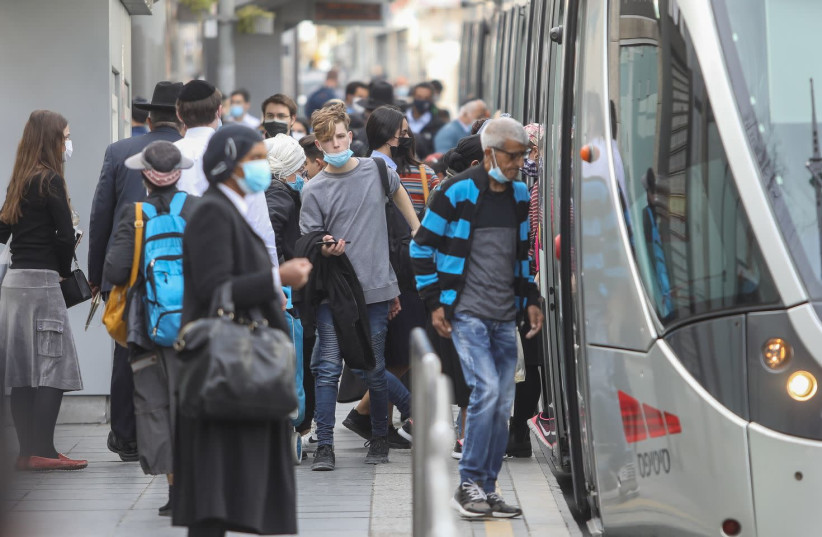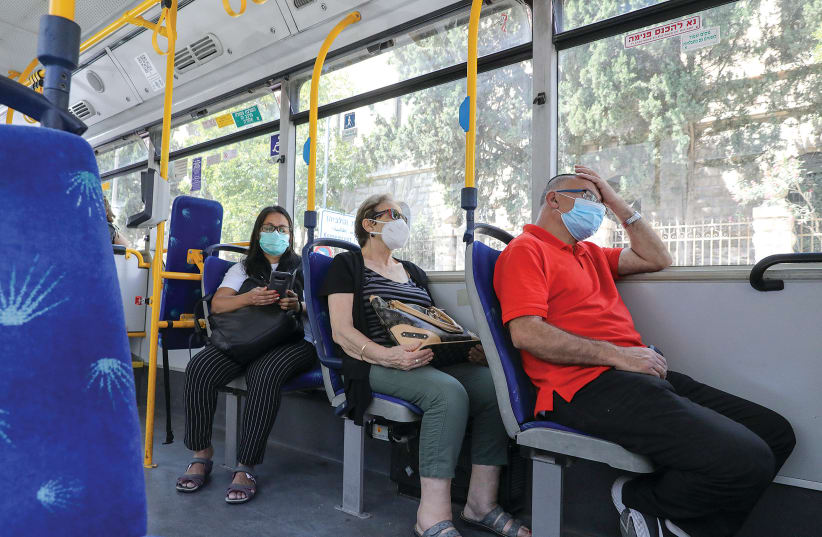Does your seat on the bus affect your chance of getting COVID-19? The answer turns out to be yes.
Although having to rely on public transport during the pandemic is an anxiety-inducing experience for many, a new study shows that your choice of seat impacts the risk of viral transmission – and the middle seats are the ones to avoid.Researchers at IBM Research Europe published an in-depth study focusing on conditions that affect virus transmission on public transport in AIP Publishing's Physics of Fluids. The study's multiphysics model involved factors like air and droplet dynamics, evaporation, and the effects of ventilation systems.The researchers designed a computerized simulation vehicle using a 3-3 passenger layout of infinite rows in a rectangular space. The seats on the row were then studied to see which place had the greatest risk of viral transmission. The study did not take mitigating factors such as masks into account.
The team found that the droplets emitted by window seat passengers rose further to the top of the simulation vehicle, thereby invading the space of other passengers to a lesser extent. An infected middle seat passenger would affect the aisle seat more than the person by the window given the workings of the ventilation airflow. The droplets' distribution revealed that "higher concentrations were less prevalent along the center of the domain where the passengers sit." An infected aisle seat passenger was least likely to transmit viruses, as droplets released from the aisle seat were filtered out immediately.

The team will reproduce conditions that more closely represent the diversity of human activity on public transport in follow-up models in order to advise on actions, design, and operation of future ventilation systems for safer environments.
“These high-resolution simulations were focused on public transportation vehicles, but they could be extended to commercial or residential buildings, health care facilities, offices, or schools,” said study author Peña-Monferrer.
